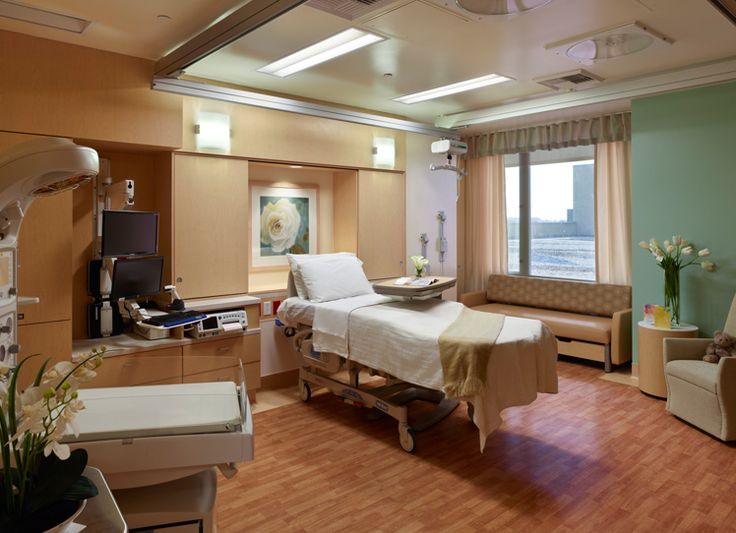The country of hospital, most luxurious hospitals in the world are in India and offer patients unusual services: yachting, relaxing in huge salons, visiting shopping malls etc. But the question arises whether the most important thing for patients is conventional luxury and excellent medical results or positive interpersonal relationships in hospitals.
PLX Academy · Personal Experience · 18 February 2022

A COUNTRY OF HOSPITALS WITH AMAZING OFFERS
The world’s luxurious hospitals, in addition to the possibility of outstanding medical outcomes, offer patient care in unusual places: yachts, salons, shopping malls. At the heart of health innovation is India, known as the land of extremes, which treats many of the world’s richest people while its inhabitants often seek treatment abroad.
In India, on the one hand, the Narendra Modi government is implementing the world’s largest healthcare reform. It contains a program, funded by the Indian government, which covers more than 50 thousand users. In fact, the government provides health care costs of 5 million Rupees per family per year. In India, on the other hand, there are many luxurious hospitals that offer almost unimaginable health services.
Their offerings include the use of luxury cars, yachts, expensive works of art, modernly equipped leisure lounges, shopping malls with many shops, and so on. One such hospital is the Fortis Memorial Research Institute in New Delhi. In addition to the huge shopping center with fountains, the hospital has a section for coffee and food, which covers 12 acres and is worth about 84 million Pounds.
Aster Medcity Hospital, in the Indian city of Kochi, also has luxurious hospital rooms that give patients a sea view, are built of natural materials, wooden floors and have pleasant lighting. “When you go to the hospital, we do not want you to feel like you are in the hospital. The location of the hospital has been chosen because of the therapeutic impact of the water view,” says Harish Pillai, CEO of Aster Medcity.
“Very often, when we think of hospitals, our idea is to provide excellent medical results. Often, we tend to forget about the patient care aspect. That’s why we’re focused on that,” says Ritu Garg, director of the Fortis Memorial Research Institute. The hospital rooms at the disposal of the Fortis Memorial Research Institute are known as “signature floors” and the cost varies from 30,000 to 3,000 Rupees per day. The whole family can be accommodated in these rooms during the patient’s treatment.
Similar hospitals in India allow patients to ride a yacht on the sea, use luxury cars and rooms with expensive paintings.



The recent influx of luxurious hospitals in India comes at a time when there is a serious shortage of doctors in the country. Nearly 80 percent of India’s approximately one million registered doctors (who practice modern medicine) are outside the cities, where 30 percent of the population lives. Therefore, the rural population in India (which depends on the state health sector) is facing a serious problem. The doctor-patient ratio in the public sector is 1:11.082, contrary to the recommendations of the World Health Organization, to be 1:1,000. But with India’s healthcare market tripling to $372 billion by 2022, from $110 billion in 2016, hospitals see huge potential for luxury services.
The treatment of many wealthy foreigners in India is due to the cost of the services offered by the hospitals there. They are several times smaller than those in other world countries. Hip replacement surgery in India, for example, costs five times less than in the United States and is half the cost in Singapore. Indian hospitals allow bone marrow transplantation, bypass implants, eye surgery, etc.
“The prices of health services may suit the rich people who come to India. But the people of India are mostly treated abroad. They do not need luxurious hospitals, they need medical treatment,” says Dhanraj Chandriani, Director of Techneon Healthcare in Mumbai. According to him, the fashion of luxurious hospitals with amazing services in India is likely to pass. “People need good health care. The focus should be on offers close to patients, and a hospital environment that looks like a home,” says Chandriani.
The question that is increasing is whether patients are satisfied with conventional luxury or expect something more which refers to interpersonal interactions reduced to humanity and empathy by medical staff.
